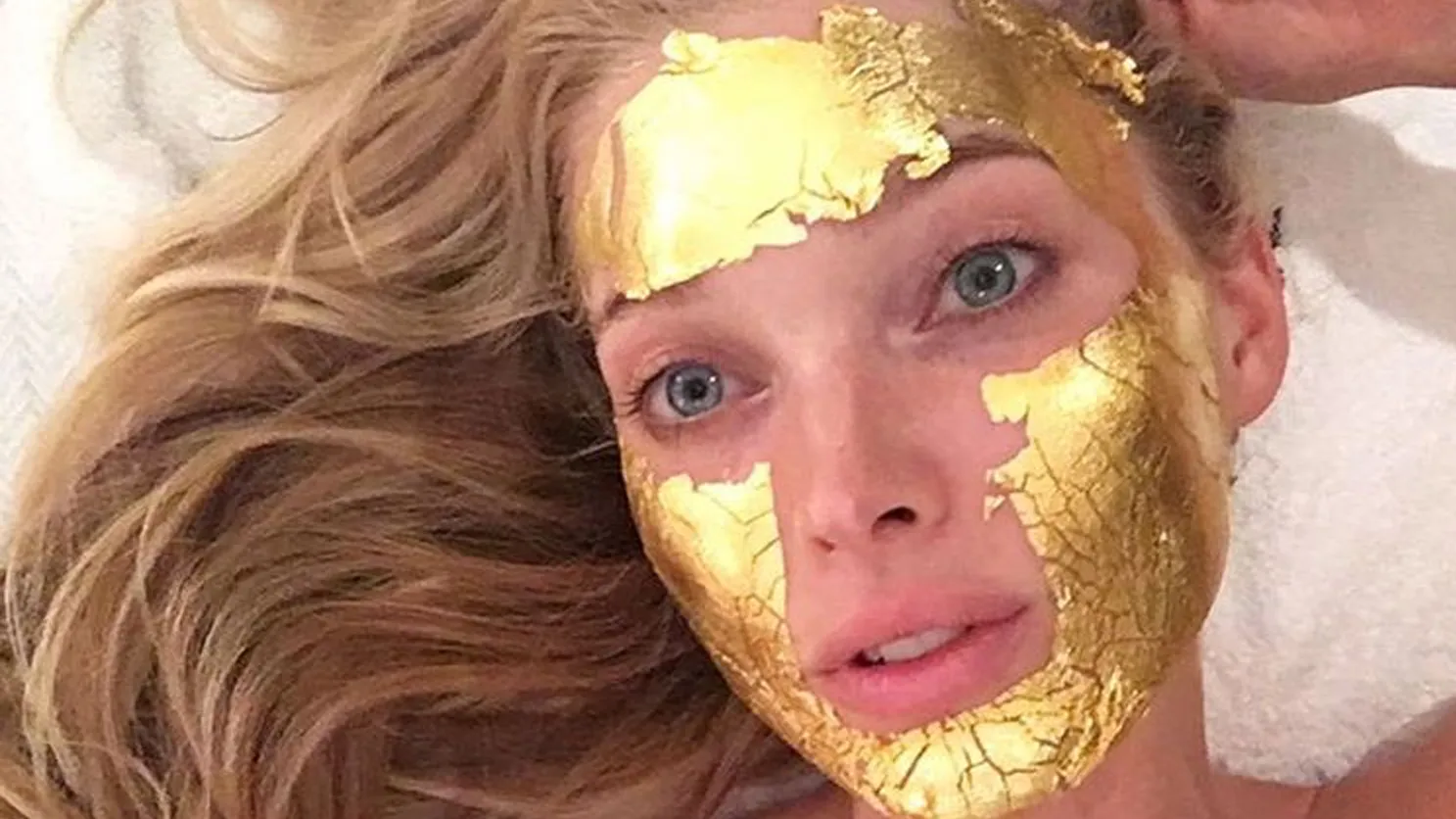Unlocking the Secret to a Full Head of Hair: Your Guide to Hair Transplants
Do you long for a full head of hair? Hair transplants can make that dream a reality for you. In this comprehensive guide, vituras will explore everything you need to know about hair transplants.
Click for Quick Consultation at vituras
1. What is a Full Head of hair transplant and how does it work?
Hair transplantation is a remarkable procedure that involves taking hair follicles from one area of your body and transplanting them to thinning or balding areas. This process provides your hair with a fuller and more natural appearance.
2. Am I a suitable candidate for a hair transplant?
The ideal candidates for hair transplants are individuals who have a genetic predisposition to hair loss and possess healthy hair in the donor area. It’s essential to consult with a hair transplant specialist to determine your suitability for the procedure.
3. What different methods are there among hair transplant procedures?
The two primary hair transplant methods are Follicular Unit Transplantation (FUT) and Follicular Unit Extraction (FUE). FUT involves removing hair follicles from a strip of tissue, while FUE involves the direct removal of individual hair follicles. FUE is often preferred and has various subtypes, including Classic FUE, Sapphire FUE, and DHI, each distinguished by its unique channel opening technique.
4. Which hair transplantation method (FUT or FUE) would be more suitable for me?
The choice between FUT and FUE depends on your unique situation, the condition of your donor area, and your personal preferences. A skilled hair transplant specialist can evaluate your case and recommend the most suitable method for you.

5. How long does a hair transplant procedure take?
The duration of a hair transplant procedure can vary based on the extent of the transplant and the number of hair follicles to be extracted. Typically, the procedure lasts between 5 to 7 hours.
6. Is hair transplant surgery painful?
Hair transplant surgery is performed under local anesthesia to minimize pain. Any discomfort post-surgery is usually mild and manageable.
7. What is the recovery process like after hair transplant?
The recovery process varies from person to person. The initial days may involve swelling, redness, and crusting, which typically subsides within two weeks. The healing process is influenced by your health condition and the chosen method.
8. When can I expect to see the results of my hair transplant?
Initially, transplanted hair may fall out in the first month. However, after 3 months, it starts growing again. By 6-8 months, approximately 60-80% of the hair will have regrown and is ready for shaping. Full head of hair may take up to a year.
9. Are the results of hair transplantation permanent?
Yes, the results of a hair transplant are permanent as the donor hair follicles are genetically resistant to hair loss.

10. What are the potential risks or complications associated with hair transplant surgery?
While the risks are minimal, possible complications include infection, poor healing, swelling, and temporary hair loss. A skilled hair transplant specialist takes precautions to minimize these risks.
11. How much does a hair transplant cost?
The cost of a hair transplant varies based on the method chosen, clinic location, the number of hair follicles, and other factors. For a personalized cost estimate, it’s recommended to consult with a specialist.
12. Will the transplanted hair look natural?
When performed by an experienced hair transplant specialist, transplanted hair typically looks natural. Correct angles and placement of the hair follicles are essential for achieving a natural result.
13. Can I have short hair after hair transplantation?
With the FUE method, you can have short hair as there are no stitch marks. However, it’s advisable to maintain a minimum number three haircut or fade to conceal minimal traces.
14. When can I return to normal activities, such as exercise, after the procedure?
Recovery generally involves resting for the first few days. Specific instructions provided by your surgeon should be followed before resuming strenuous physical activities.
15. Can a second hair transplant be performed if necessary?
Yes, a second hair transplant can be considered if needed, provided the donor area has suitable hair follicles. Careful planning is essential.
16. Does transplanted hair require special care?
Starting on the third day, gentle washing with recommended lotion and shampoo is necessary for the following 10 days.
17. Can hair transplant be used to cover scars, sparse eyebrows, and beards?
Yes, hair transplant can effectively cover scars, sparse eyebrows, or beards. Consulting a specialist is essential to determine the appropriateness of the procedure.
18. Are there non-surgical alternatives other than hair transplant?
Non-surgical alternatives, such as PRP (Platelet-Rich Plasma) treatments, are available for some hair loss cases. PRP is often offered as a complementary treatment after a hair transplant.
You can also read our article about during the procedure.












One thought on “Unlocking the Secret to a Full Head of Hair: Your Guide to Hair Transplants”